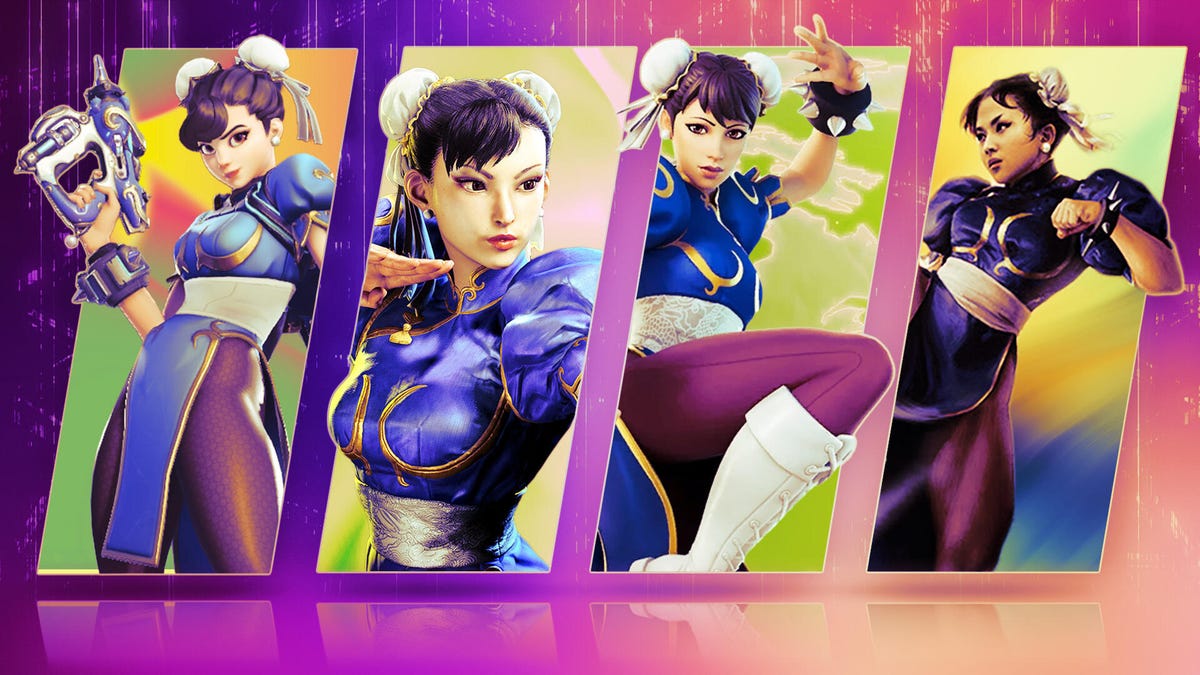Home / Technology / Gaming's Crossover Craze: Identity Crisis?
Gaming's Crossover Craze: Identity Crisis?
24 Nov
Summary
- Magic: The Gathering's Final Fantasy set grossed $200 million in one day.
- Overwatch uses a 'our characters are cosplaying' approach for skins.
- Crossovers risk alienating long-time fans who prefer original content.

Gaming universes are increasingly blending through brand crossovers, a trend exemplified by Magic: The Gathering's recent Final Fantasy set, which earned $200 million in one day. This surge in cross-property collaborations, also seen in games like Overwatch and Fortnite, aims to attract new players and boost revenue. However, these ventures risk alienating long-time fans who perceive them as cash grabs that dilute the core identity of their beloved games, leading to polarized online discussions.
Developers are navigating this tension with varying strategies. Overwatch, for instance, adopts a "our characters are cosplaying" approach, ensuring heroes remain recognizable while incorporating elements from other franchises. This method aims to integrate external properties without undermining the game's established lore and visual identity. For Magic: The Gathering, the Universes Beyond series has seen significant financial success but also drawn criticism for its density and potential impact on the game's original concepts.
Ultimately, the effectiveness of gaming crossovers hinges on a delicate balance between financial incentives and authentic fan engagement. While companies like Hasbro are prioritizing lucrative collaborations, developers must carefully consider execution and thematic fit to satisfy existing players. The growing demand for customization and expression suggests these crossovers are here to stay, forcing game creators to find innovative ways to integrate new worlds without losing their own.




